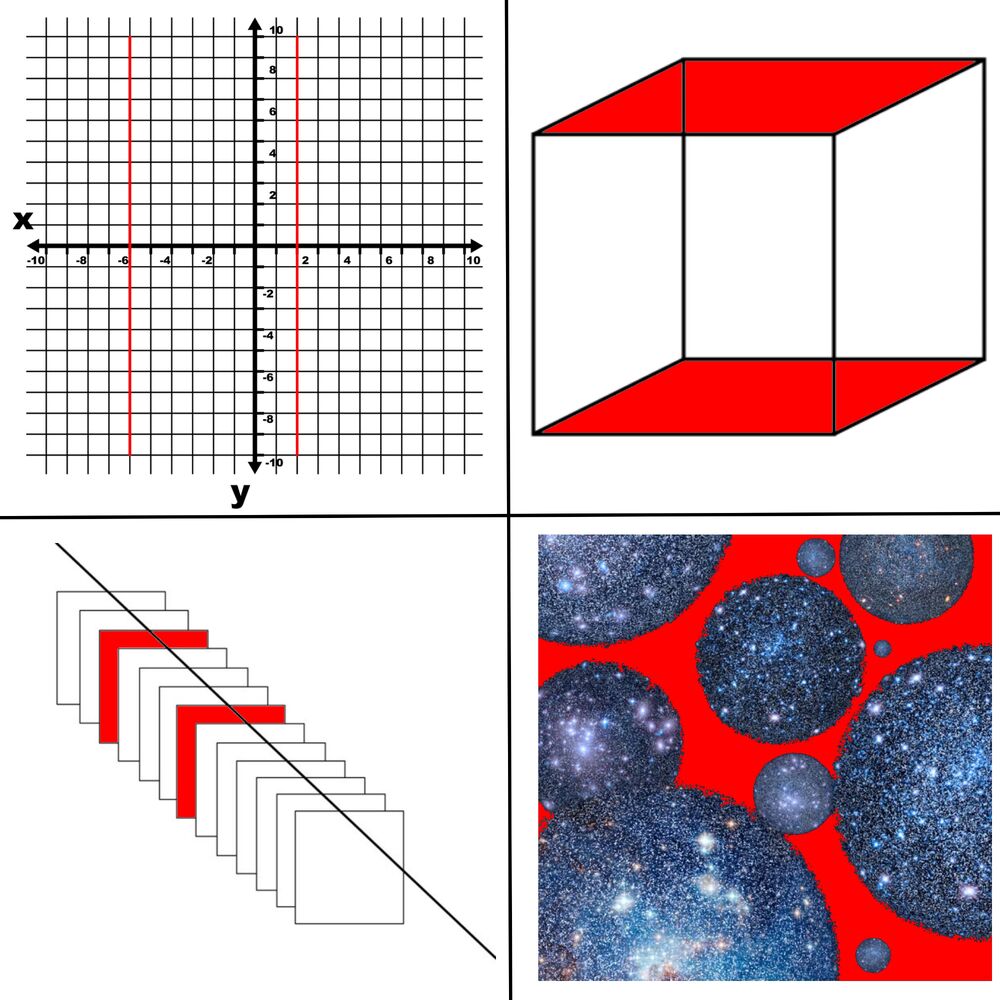- 47
- 14
Hey, I'm gonna say a few statements that I need a true/false on, as well as a few questions for things I think I'm misunderstanding. Try to elaborate if you can, thanks
1.) A 3 dimensional sphere is composed of an uncountable infinity of 2D circles. T/F?
2.) The space that separates universes is called a "bulk space", and has 4 spacial dimensions because the space-times within it do not intersect or interact. T/F?
3.) In a set of real numbers, 1, and 2 contain an uncountable infinity of decimals between them. T/F?
4.) I remember seeing people type out (R^5) or (R^R^R^R^R) for things. What does that mean?
5.) So let's say a character is able to destroy an object/structure that was explicitly stated to be higher dimensional, but of finite size. What tier would the character be? Would it be any different if this higher dimensional thing were stated to be infinite in size instead?
1.) A 3 dimensional sphere is composed of an uncountable infinity of 2D circles. T/F?
2.) The space that separates universes is called a "bulk space", and has 4 spacial dimensions because the space-times within it do not intersect or interact. T/F?
3.) In a set of real numbers, 1, and 2 contain an uncountable infinity of decimals between them. T/F?
4.) I remember seeing people type out (R^5) or (R^R^R^R^R) for things. What does that mean?
5.) So let's say a character is able to destroy an object/structure that was explicitly stated to be higher dimensional, but of finite size. What tier would the character be? Would it be any different if this higher dimensional thing were stated to be infinite in size instead?
Last edited:
